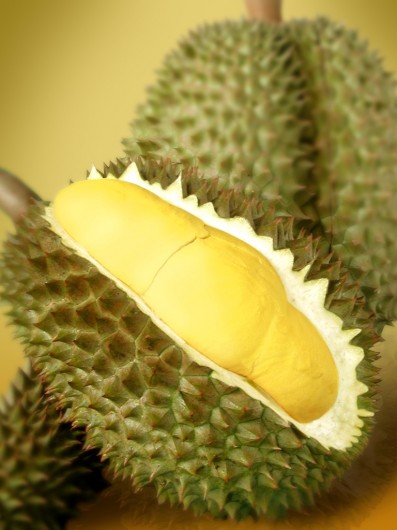Which Fruit Has The Most Protein?
What is Protein?
Protein is an essential nutritional component that works within the body to promote general health. When mixed with other nutrients, proteins act as bonding agents to help build and sustain healthy muscle tissue. Proteins already exist in every cell and tissue structure of our bodies, which are continuously being broken down and restored through the food consumption process. Once ingested, proteins are transformed into a chain of amino acids that help to maintain proper cell and tissue function.
Protein in our Bodies
Proteins play an internally vital role in our everyday lives. Our immune systems depend heavily on the consumption of proteins by facilitating and equally distributing antibodies throughout cell and tissue structures. This particular process poses as a defense mechanism to fight off foreign substances that enter the body, also known as antigens. As a result, these essential proteins assist in staving off different types of infection while simultaneously maintaining healthy muscles.
In order to keep our bodies running like well-oiled machines, proper amounts of protein should be consumed on a daily basis. Consuming insufficient amounts of protein can lead to a number of health-related issues, such as improper weight gain in the form of increased body fat and the loss of muscle mass. Hair loss, or alopecia, can also occur; skin conditions can take place as well, including the loss of pigment and the increased risk of developing dermatitis.
Consuming excessive amounts of protein can alter normal kidney performance. As the kidneys assist in blood filtration, excess protein can pass through the kidneys and into the urine stream, thus potentially weakening renal function. Ingesting large amounts of animal protein can be linked to arterial and heart disease, which is why it’s important to know which types of protein are beneficial to our health.
Top Fruits For Protein Content
The amounts of Protein are given for 100g of each fruit.
1 Guava 2,50 g
2 Pomegranate 1,70 g
3 Blackcurrant 1,60 g
4 Jackfruit 1,50 g
5 Durian 1,50 g
6 Redcurrant 1,40 g
7 Mulberry 1,40 g
8 Blackberry 1,40 g
9 Apricot 1,40 g
10 Raspberry 1,20 g
11 Kiwi 1,10 g
12 Blueberry 1,10 g
13 Cherry (sweet) 1,10 g
14 Lemon 1,10 g
15 Banana 1,09 g
16 Pumpkin 1,00 g
17 Peach 0,90 g
18 Orange 0,90 g
19 Gooseberry 0,90 g
20 Tomato 0,90 g
21 Tangerine 0,81 g
22 Lychee 0,80 g
23 Melon (Cantaloupe) 0,80 g
24 Grapefruit 0,80 g
25 Plum 0,70 g
26 Elderberry 0,70 g
27 Lime 0,70 g
28 Fig 0,70 g
29 Cucumber 0,68 g
30 Strawberry 0,67 g
31 Watermelon 0,60 g
32 Papaya 0,60 g
33 Grape 0,60 g
34 Carrot 0,60 g
35 Pineapple 0,50 g
36 Pear 0,50 g
37 Mango 0,50 g
38 Passion Fruit 0,40 g
39 Mangosteen 0,40 g
40 Cranberry 0,40 g
41 Apple 0,30 g






